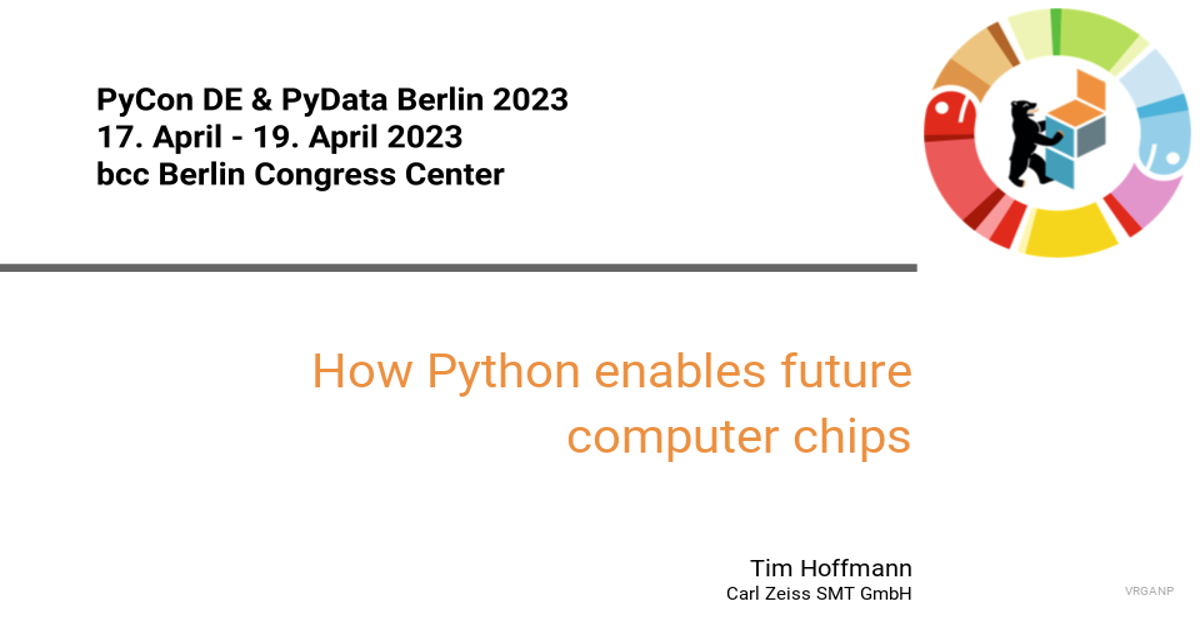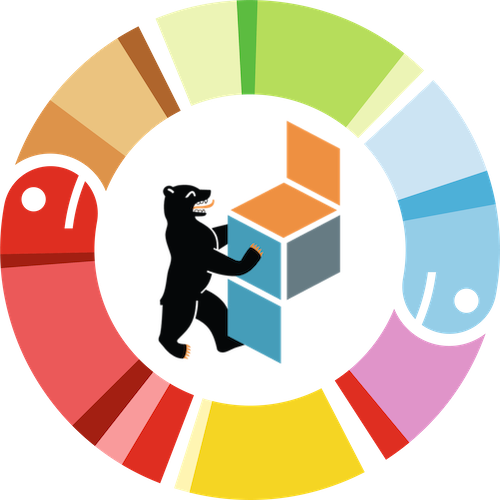How Python enables future computer chips
Tim Hoffmann
At the semiconductor division of Carl Zeiss it's our mission to continuously make computer chips faster and more energy efficient. To do so, we go to the very limits of what is possible, both physically and technologically. This is only possible through massive research and development efforts.
In this talk, we tell the story how Python became a central tool for our R&D activities. This includes technical aspects as well as organization and culture. How do you make sure that hundreds of people work in consistent environments? – How do you get all people on board to work together with Python? – You have lots of domain experts without much software background. How do you prevent them from creating a mess when projects get larger?
Tim Hoffmann
Affiliation: Carl Zeiss SMT GmbH
Tim Hoffmann is a physicist and software expert passionate to bring science and high-quality software together. He works as Simulation Architect Digital Twin at Carl Zeiss, where he covers all aspects from coding, architecture, training up to software strategy. Tim is an active contributor in the Python open source community. In particular, he is core developer and API lead for the visualization library matplotlib.
visit the speaker at: Github

